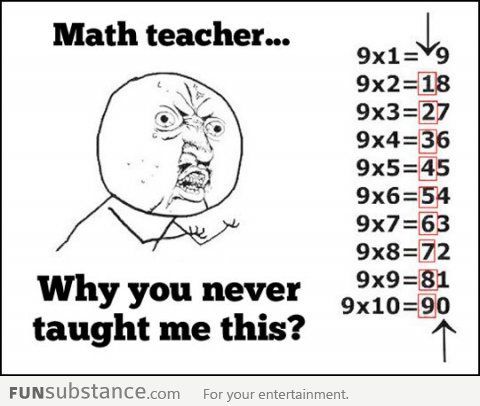Dr Yeap translated this by getting us to do a tangram activity. He got us to use the tangrams and make as many square shapes of different sizes as we can. And so we did. My group mates had difficulties trying to make a square using the tangrams. We only managed to do squares of 3 sizes.
Square # 1: Consists of 2 small triangles.
Square #2: Consists of 2 big triangles.
Square #3: Consists of all the tangrams given.
So after which, we had a discussion on how many squares we were able to form which are of different sizes. This activity is a type of differentiated instruction whereby the childre to find possible ways to form squares of different sizes. There will be some children who already can form the standard squares using the tangrams so by challenging them to form squares of different size would help the child think critically and allow them to develop strategies.
For those who were not able to get some of them, Dr Yeap, took out the tangrams that can be used to make a square. He then formed a square but did not complete. He wanted us to complete the shape without giving the complete answer. This a form of differentiated instruction for children who needs the extra guidance. This is also a way teacher scaffolds the children's learnin.
Area (pronounced: air-ee-uh)
Yes, it's not ay-ree-uh. It's air as in the sound of letter 'a'. Anyways, Dr Yeap explained 2 kinds of area measurement - 4 square units or 4 square cm. To measure square units, the shape needs to be drawn on the grid paper and count the number of squares that are inside the shape. Whereas for 4 square cm, the length and breadth would be provided and we just need to multiply them together to get the area.
Angles
We also discussed angles in a triangle. Dr Yeap gave us a problem: Why are angles in a triangle always add up to 180 degrees?
I cut out a shape of a right angle triangle and fold both ends to the top.
I realised that bot angles at the side form 90 degrees when joined together which goes to show that all the angles when added up is 180 degrees.
Another way is to cut up the big triangle like this and aligned them and you would find that the angles form a straight line when placed side by side.
From this:

To this:
You can try it out and see for yourself. This activity finally gave me some logic as to why angles in triangle add up to 180 degrees.
Till then.
-latifahnajib






